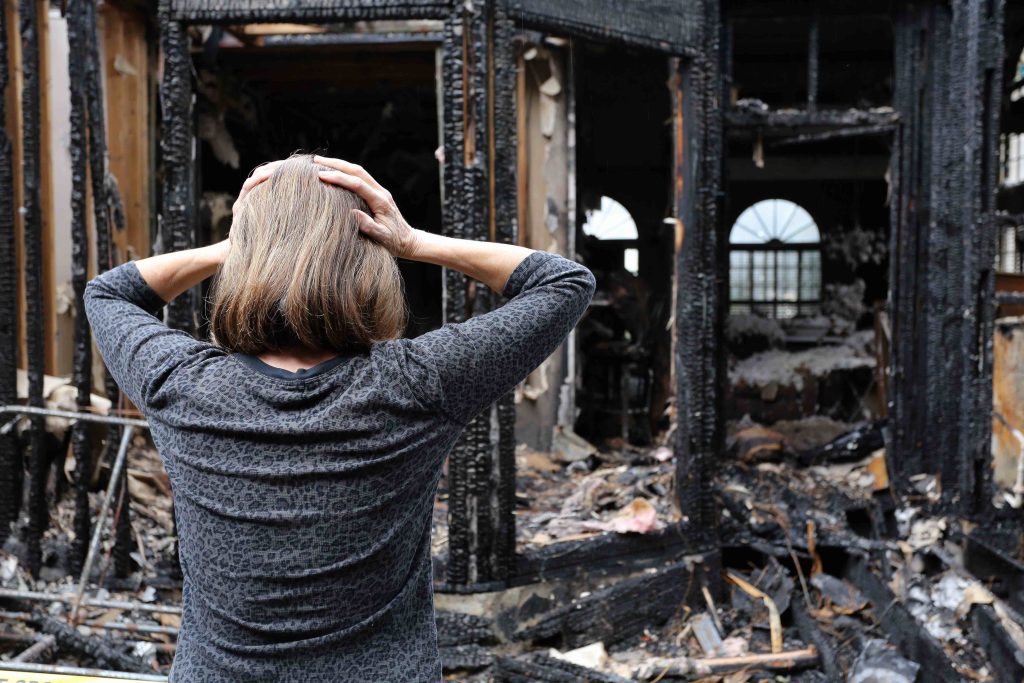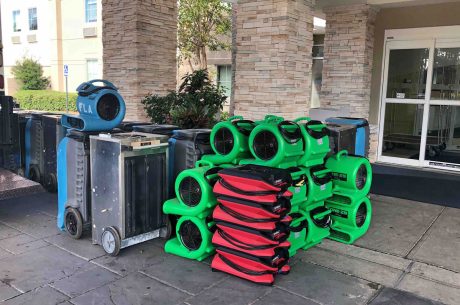Experiencing a fire incident can be harrowing. After the flames have been extinguished, the battle against the lingering effects of fire and smoke damage begins. This guide will enlighten you about the essential steps and why professional intervention is a game-changer in restoring properties to their optimal state.
The Importance of Fire and Smoke Damage Restoration
While it might seem that once the flames are out, the danger has passed, the residues left behind can pose significant risks. Ignoring the damage can lead to weakened structural foundations, compromised walls and ceilings, and even health implications from inhaling smoke and soot residues.
Moreover, there’s the issue of property value beyond immediate physical harm. Quick and professional restoration ensures the safety and health of the occupants and helps retain the property’s market value.
Distinguishing Between Fire and Smoke Damage Restoration
At first glance, fire damage is more severe than smoke damage. However, smoke can be equally, if not more, destructive. While fire damage restoration services primarily involve addressing charred items and repairing structural elements, smoke damage goes beyond. It requires cleaning residues off every surface, deodorizing the property, and purifying the air to ensure a healthy living environment.

A Glimpse into the Professional’s Approach
A comprehensive restoration process starts with an initial assessment, where professionals determine the extent of damage and the type of smoke involved and devise a tailored approach. This might be followed by water removal and drying if water damage occurs due to firefighting efforts. The heart of the restoration process involves meticulous soot and smoke cleaning, ensuring no residues remain. The final phase is restoration and repair, where structures are mended, walls are repainted, and damaged items are replaced.
Professionals today also employ advanced restoration techniques, such as thermal fogging, ozone treatment, and HEPA vacuuming, ensuring every nook and cranny is addressed.
Why Choosing the Right Fire Damage Restoration Service Matters?
While there are myriad services available, not all are created equal. The difference often lies in the details – the staff training, the equipment used, and the approach to address each fire event’s unique challenges. It’s paramount to opt for a service with certified professionals who bring a combination of experience and ongoing education to the table. Furthermore, a company with comprehensive solutions ensures that every aspect of restoration is handled with precision, from assessment to final touches. Lastly, having the tools to employ advanced restoration techniques means that even the most stubborn residues or concealed damages won’t be missed, ensuring a thorough and complete recovery.
Understanding the Different Types of Smoke Damage
When it comes to smoke damage, not all smoke is the same. It’s a complex mixture that varies in composition, and its impact on your property depends significantly on its source. The type of smoke damage often depends on the burned material, and recognizing this distinction is essential for effective cleanup.
Wet Smoke
Wet smoke from synthetic materials such as plastics and rubbers produces a sticky, smeary residue that clings to surfaces. This residue can be challenging to remove and permanently discolor items promptly. The cleanup for this is often intricate, requiring specialized solutions to effectively break down and remove the residue, paired with the expertise of technicians trained to treat these specific challenges.
Dry Smoke
Dry smoke is a different beast from high-temperature, fast-burning fires fed by paper or wood. While it leaves a powdery residue that may seem less menacing than its wet counterpart, it poses challenges. It’s finer, allowing it to infiltrate cracks, crevices, and other hard-to-reach areas. Though it’s easier to clean on open surfaces, its ability to penetrate porous materials can make thorough removal a meticulous process.
Protein Residue
Kitchen fires are common culprits, and they produce a unique residue. Often resulting from the combustion of proteins found in food, these residues can leave a yellowish-brown stain on surfaces. They might be less visible, especially on darker surfaces, but their presence is often betrayed by a strong, unpleasant odor that can linger if not treated correctly.
Preventive Measures: Reducing Fire and Smoke Damage Risks
Knowledge is power, and while knowing about restoration is essential, being proactive about prevention is invaluable. Fires can start unexpectedly, but certain measures can significantly mitigate their risk or reduce their potential severity:
Regular Maintenance
Beyond just the occasional check, ensure that your electrical wiring, appliances, and heating systems are up to code and in optimal condition. Old or frayed wires, malfunctioning appliances, or neglected heating systems can be ticking time bombs. Regular professional inspections and proactive replacements or repairs can drastically reduce the risk of fires stemming from these sources.
Install Smoke Alarms
Smoke alarms are your first line of defense. It’s not just about having them but also ensuring they’re in the right places and functioning correctly. Test them monthly, replace batteries annually, and replace the units every 8-10 years. Functional smoke alarms in different sections of your property ensure comprehensive coverage and can provide early warnings, potentially preventing extensive damage or even saving lives.
Safe Storage
It’s easy to overlook everyday items as potential fire hazards. Storing items correctly isn’t just about the organization; it’s about safety. Keep flammable materials, chemicals, and liquids stored securely in well-ventilated areas and safely away from potential ignition sources like heaters, stoves, or open flames.
Frequently Asked Questions (FAQs) about Restoration
How long does the restoration process take?
The duration varies depending on the extent of damage, the property’s size, and other factors. However, a professional service will provide a timeline after the assessment.
Can I stay in my home during the restoration?
For minor damages, you can. However, temporary relocation is advisable for significant damages, especially with strong smoke odors or structural concerns.
Will my insurance cover the restoration costs?
Most homeowners’ insurance policies cover fire and smoke damage restoration. However, it’s essential to consult with your insurance provider to understand the specifics of your coverage.
Conclusion
Emerging from the aftermath of a fire can be overwhelming. But restoring properties and peace of mind is possible with the right guidance and professional support. As highlighted, professional fire and smoke damage restoration is not just a service—it’s a lifeline. And while many can promise restoration, experts like Puroclean Southlake ensure a meticulous, thoughtful approach to every challenge. When calamity strikes, remember that Puroclean Southlake stands ready to guide you through the restoration journey.



